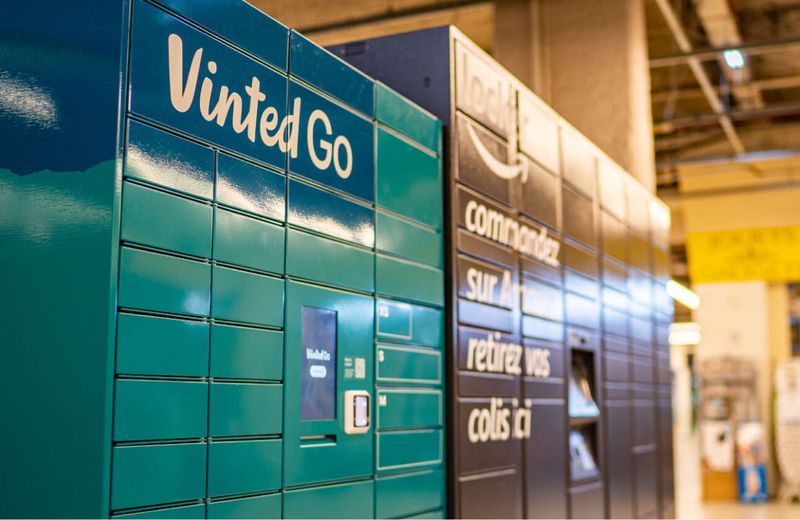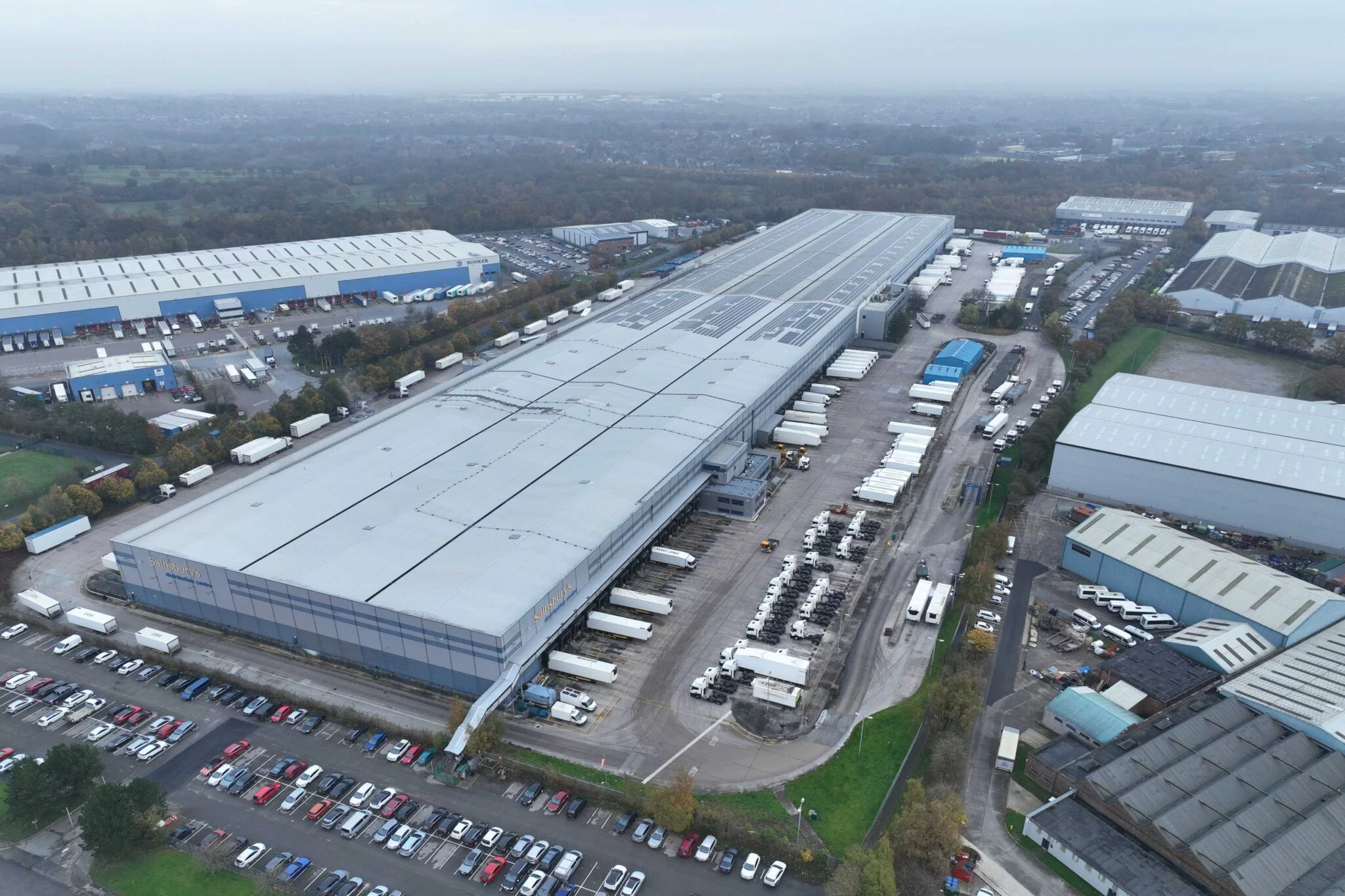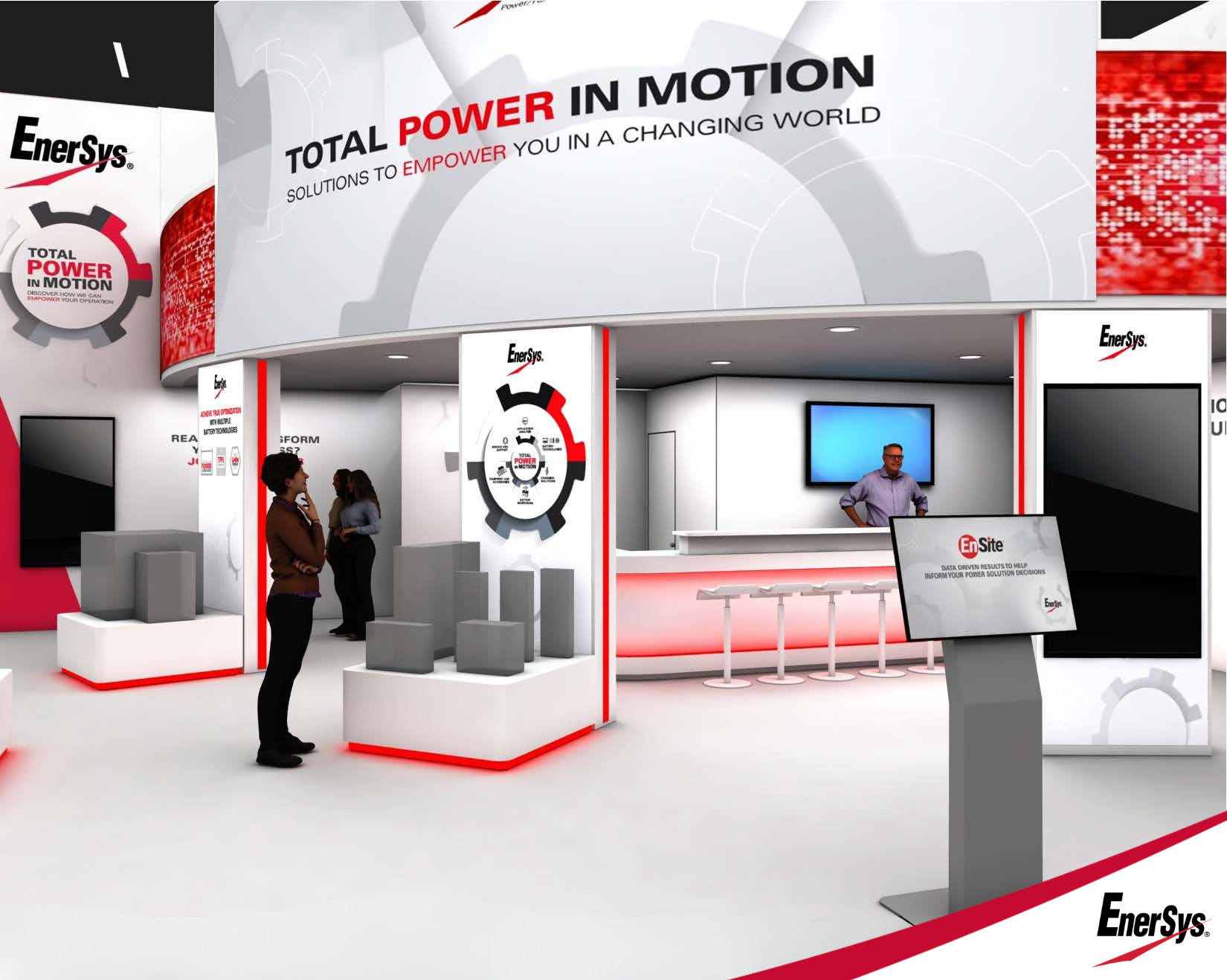With a strong ambition to grow its existing footprint, smart locker network Bloq.it has a product portfolio and company culture to fuel that growth. Peter MacLeod caught up with its founder.
Portuguese smart locker company Bloq.it is catching the eye with its leading-edge smart locker solutions and enlightened approach to the market. As it enters a year when it is aiming to strengthen its position in the unattended delivery solutions sector, its Founder & CEO Miha Jagodic spoke with Logistics Business’s Editor Peter MacLeod to tell him more about the company and what looks like an exciting future.
Logistics Business (LB): Miha, please tell me more about Bloq.it, its background, capabilities, growth, and its offerings.
Miha Jagodic (MJ): Bloq.it was born from a simple beach smart locker concept and evolved into a logistics powerhouse by seizing opportunities created by the Covid pandemic and the eCommerce surge that followed. Founded in 2019, our mission is to reshape the eCommerce parcel delivery experience through smart locker technology. Our end-to-end solutions modernise and enhance last-mile logistics, making parcel deliveries more efficient, cost-effective, and convenient.
Over the past year, we have experienced exponential growth, with deployments skyrocketing from 1,289 in 2023 to 4,789 in 2024, representing a 279% increase. Our locker network expanded from 2,300 locations to 6,700, reflecting a 290% growth. This rapid expansion is also supported by our flagship product, Bloq.it NEXT, which has set a new benchmark in the industry with its
advanced off-grid, battery-powered, and uncompromised capabilities. NEXT offers unprecedented flexibility with its autonomous functions, featuring advanced elements such as 10” colour touch screens, QR and barcode scanners, and label printers, making it a game-changer for deployment in areas without complex infrastructure needs. With revenue growth of over 101% year over-year, Bloq.it has established itself, in such a short time, as the backbone of this industry.
LB: Where has that growth come from?
MJ: Our growth is fuelled by our ability to innovate and adapt to market shifts, such as transitioning from beach lockers to logistics solutions in response to the eCommerce boom during the pandemic. A significant milestone in our journey was the Vinted Go partnership, which started with installations in Paris in 2022 and has now expanded to over 4,000 lockers across France. The pilot in France has been so successful that an expansion to other countries is in the works for 2025. Additionally, the rise in consumer demand for convenient and sustainable delivery options has
accelerated the adoption of smart lockers, positioning us as a key enabler of eCommerce logistics.
LB: Who are your customers, and how do you work with them to achieve success?
MJ: We began working with leading global logistics providers early on. Heavy hitters such as DHL eCommerce and Vinted Go have been in our portfolio since 2022, and we have recently announced our partnership with GLS, one of the major parcel services providers operating in Europe. Our approach is deeply collaborative – we work closely with our partners to design customised solutions that optimise their delivery networks and enhance the end-user experience. By leveraging real-time data analytics, AI-driven routing, and seamless API integrations, we empower our customers to reduce costs, improve efficiency, and achieve sustainability goals.
We have been active also in the postal sector, working with operators such as PPL in the Czech Republic, and LockerItalia, in Italy. This year, we are also launching our entry into the Open
Network segment, with DeinFach (formerly known as OneStopBox), in Germany. While our customers initially choose Bloq.it for our industry-leading smart locker solutions, our ultimate goal is being met with them choosing us also for our company culture, collaborative attitude, and forwardthinking philosophy.
LB: How do you collaborate with your partners, and to what effect?
MJ: At Bloq.it, collaboration is at the core of our success. We believe that working alongside industry players, including those traditionally considered competitors, drives mutual growth and
innovation. A good example is when a major operator in Europe wanted some very customised lockers to be deployed in rural areas. Where most might go to look for solutions elsewhere, here at Bloq.it we are confident to dive in no matter the circumstances, and our customers are well aware already. Our partnerships are built on trust, flexibility, and shared goals. Whether it’s developing
customised locker solutions for Vinted Go or integrating with DHL eCommerce existing logistics operations, we ensure that our technology seamlessly complements their existing infrastructure, delivering tangible benefits such as faster deliveries, quicker diagnostics, and growing customer satisfaction.
LB: How does Bloq.it balance working with competitors while maintaining a unique value proposition?
MJ: We recognise that the logistics industry is an interconnected ecosystem where collaboration can drive overall efficiency. And that is crucial in our mind on the end-goal of bettering urban logistics and bringing it to the 21st century. Our technology is designed to integrate seamlessly with various logistics providers without compromising our competitive edge. Our focus on neutrality, scalability, and data-driven insights allows us to support all players in achieving their goals while maintaining our distinct market position.
LB: Can you share an example of how Bloq.it has successfully collaborated without compromising another client working within the same segment?
MJ: A great example is our partnership with multiple logistics providers in key European markets. Despite competing interests, we’ve implemented shared locker networks that allow multiple
carriers to benefit from our technology. This form of cooperation has led to increased operational efficiency, cost savings, and generated more interest for all stakeholders involved.
LB: What are the key challenges in collaborating with multiple clients from the same segment, and how does Bloq.it address them?
MJ: One of the biggest challenges is ensuring a level playing field where all partners feel they benefit equally. Bloq.it addresses this by providing transparent, data-driven insights and a modular approach that allows partners to scale operations independently while leveraging shared infrastructure. Our commitment to neutrality and technological flexibility ensures that collaboration is mutually beneficial.
LB: What geographic territories do you service?
MJ: Our smart locker solutions are deployed across multiple European markets, present in countries such as France, Czech Republic, Italy, and Portugal. We are now entering the Open Network segment by launching with DeinFach in Germany, starting in Berlin. Our most recent partnership with GLS will enable our presence in Spain, with plans also for a wider footprint in Italy. Our partnership with Vinted Go will also be expanding to other markets very soon. With our expanding partnerships and increasing demand, we are continuously growing our footprint to new regions, ensuring our solutions are accessible to a wider audience.
LB: What is Bloq.it NEXT’s differentiator, and how has its launch been received?
MJ: Bloq.it NEXT, announced last year at Deliver Europe and showcased in Parcel+Post Expo, represents the pinnacle of off-grid smart locker technology, offering enhanced security, modularity, and seamless scalability. It features state-of-the-art IoT capabilities, a user-friendly interface, and advanced reporting tools, making it the preferred choice for major logistics providers. Since its launch, NEXT has seen widespread adoption; even though coming in relatively late in the market, it managed to garner the interest of major logistics operators who were waiting patiently for a better solution to arise. This was the case of Vinted, which opted for NEXT although other locker providers had their autonomous solutions in the market for over a few years already. With over 12,000 NEXT lockers planned for deployment in 2025, this will contribute significantly to our overall market expansion.
LB: What stands Bloq.it as a company apart from other operators in the space?
MJ: What truly sets us apart is our end-to-end approach, combining cutting-edge technology with a deep understanding of logistics operations. Our rapid deployment capabilities, data-driven insights, and commitment to always go beyond the norm make us a trusted partner for logistics companies worldwide. By offering superior technology, our unique approach ensures that customers resonate with Miha Jagodic showcased Bloq.it NEXT at the Parcel+Post Expo our values, attitude, and philosophy. We really do work hard to create long-term relationships based on trust, innovation, and our standard of excellence. Another differentiator that definitely impacts our leads is our flexible production network, with manufacturing units across Europe, allowing us to rapidly scale production based on market demand while maintaining quality and efficiency.
LB: Finally, what are your ambitions for 2025?
MJ: What a year it was in 2024! But that is already in the past and all of our attention is on the next few years. Looking ahead to 2025, of course we aim to consolidate our position as the world’s largest provider of unattended delivery solutions. Our focus will be on expanding our network further in Europe, enhancing our technology stack, and forging new strategic partnerships. As we continue our exponential growth trajectory, we want to ensure that customers not only recognise us for our products, but also embrace Bloq.it for our mindset, adaptability, and dedication to shaping the future of last-mile, thus becoming the backbone of the whole industry.
With exciting projects in the pipeline that we can’t name just yet, and with already planned launches with GLS and DeinFach, and the expansion of the Vinted Go network powered by Bloq.it, we are confident in our ability to continue growing and impacting more and more the development of urban logistics in Europe, and soon worldwide.
LB: Thank you, Miha, and good luck for the future.
similar news

















